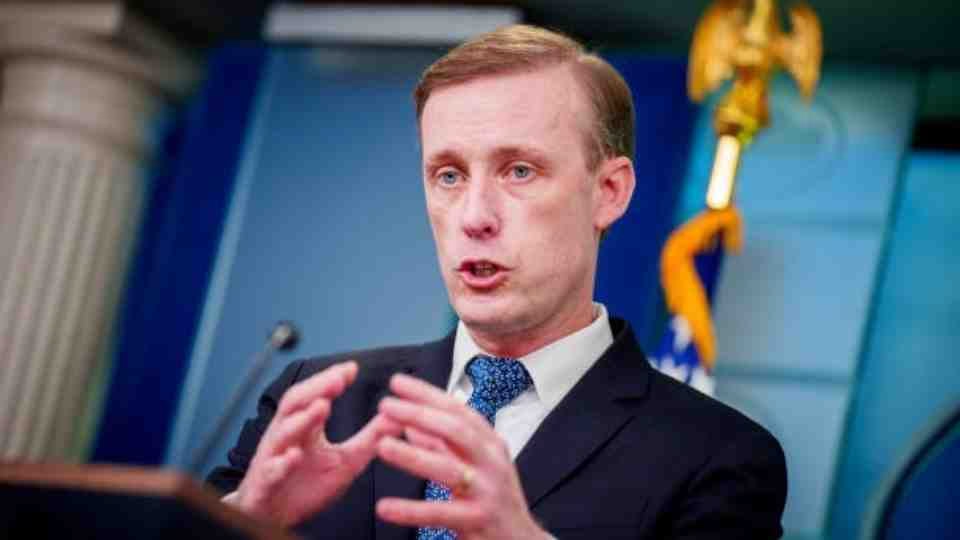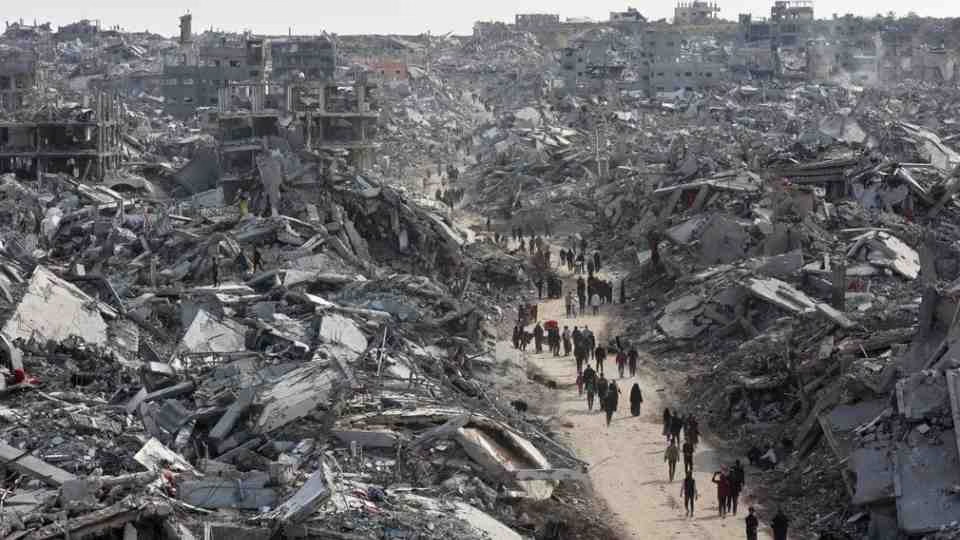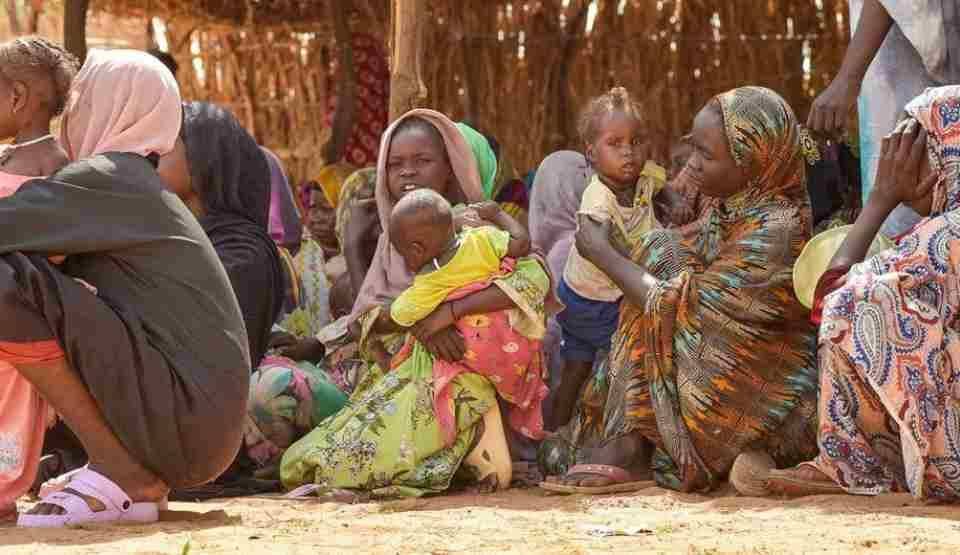As regional tensions reach a boiling point, the Biden administration makes one final diplomatic surge in Egypt’s capital
The air in Cairo was thick with more than just desert heat this weekend as White House National Security Adviser Jake Sullivan emerged from another marathon negotiating session, his face etched with the weight of a mission that could determine the fate of millions. Speaking to reporters in Halifax, Nova Scotia, on Sunday, Sullivan delivered a message that was both hopeful and haunting: America is still pushing for a Gaza ceasefire deal, but time may be running out before the Middle East erupts into a broader war.

The Ticking Clock
In the ornate halls of Cairo’s diplomatic district, where Egypt has long served as the region’s chief mediator, negotiators are racing against a clock that seems to tick louder with each passing day. Sullivan’s announcement that the United States remains actively engaged in ceasefire negotiations comes as the Biden administration expresses growing concern about the potential for broader Middle East conflict escalation.
The stakes couldn’t be higher. What began as a localized conflict in Gaza has already shown signs of metastasizing beyond its borders, with Hezbollah forces in Lebanon increasingly drawn into the fray. The Biden administration maintains consistent communication with Israel about the current situation with Hezbollah, a clear indication that Washington fears the war’s expansion northward.
Echoes of Earlier Success
The current negotiations carry the weight of recent history. A previous ceasefire and hostage exchange agreement was in effect from January 19 to March 18, 2025, which included eight rounds of prisoner exchanges between Israel and Hamas. That two-month respite offered a glimpse of what peace might look like – families reunited, aid flowing, guns momentarily silent. But like so many Middle Eastern truces before it, the ceasefire ultimately crumbled, leading to the current crisis.
The collapse of that earlier agreement serves as both a cautionary tale and a roadmap. Diplomats know what worked before, but they also understand the fragility of any arrangement in a region where grievances run deep and trust remains in short supply.

The Mediators’ Marathon
In the gilded conference rooms of Cairo, the familiar trio of mediators – the United States, Egypt, and Qatar – have once again assumed their roles as regional firefighters. These nations have perfected the delicate art of Middle Eastern diplomacy, each bringing unique strengths to the table. Egypt offers geographic proximity and historical credibility with both sides. Qatar provides financial leverage and connections to Hamas leadership. America brings the international clout and Israeli relationships necessary to make any deal stick.
Recent negotiations have been described as “constructive,” a diplomatic term that in the Middle East often means “not yet collapsed.” Talks are set to continue at lower levels in the coming days, though no final agreement has been reached. The very fact that representatives remain in the same city, still talking, represents a form of success in a region where dialogue often gives way to violence.
The Stubborn Mathematics of Peace
Yet beneath the diplomatic niceties lies a harsh mathematical reality: the gaps between the parties remain substantial. According to diplomatic sources, gaps between the parties remain wide, particularly over Israel’s demand that Hamas disarm, though there are reports that Hamas negotiators have signaled willingness to ease some of their previous demands.
The arithmetic of Middle Eastern peace deals has always been unforgiving. Each side arrives with maximalist positions, hoping to trade concessions for core objectives. Israel wants security guarantees and Hamas’s disarmament. Hamas wants prisoner releases and an end to what it calls the occupation. Finding the sweet spot where both sides can claim victory – or at least avoid the appearance of total defeat – requires diplomatic alchemy of the highest order.
A key sticking point has been Israel’s refusal to negotiate over second-phase agreements or commit to a permanent end to the war after previous ceasefire phases concluded. This reflects a fundamental tension in Middle Eastern diplomacy: the difference between stopping a war and ending one permanently.
The Human Cost of Delay
While diplomats debate the fine print of prisoner exchange ratios and buffer zone dimensions, the human toll continues to mount. Arab mediators Egypt and Qatar have been rushing to salvage ceasefire efforts as Israeli strikes have resulted in Palestinian casualties numbering over 500 according to health officials. Each day of failed negotiations translates into real suffering on the ground – families displaced, children traumatized, communities destroyed.
The humanitarian dimension adds urgency to the diplomatic efforts. International pressure has been mounting, with 26 foreign ministers signing a joint statement calling on Israel to allow unrestricted access to Gaza for humanitarian aid. This global chorus of concern reflects recognition that the conflict’s impact extends far beyond the immediate combatants.
The Shadow of Hezbollah
Perhaps the most ominous aspect of Sullivan’s weekend remarks was his explicit mention of Hezbollah. The Lebanese militant group has long served as Iran’s most powerful proxy, capable of raining thousands of rockets on Israeli cities. Any expansion of the conflict to include Hezbollah would fundamentally alter the strategic landscape, potentially drawing in Iran directly and forcing Israel to fight on multiple fronts simultaneously.
The specter of Hezbollah involvement explains the urgency in Sullivan’s voice and the Biden administration’s determination to achieve a Gaza ceasefire quickly. A two-front war would not only devastate the region but could pull in other powers, including the United States itself.
The Biden Legacy Factor
For the Biden administration, these negotiations carry additional weight as a potential foreign policy legacy. With the 2024 elections behind them and a new chapter beginning, the administration sees an opportunity to achieve something that has eluded American presidents for decades: a lasting Middle Eastern peace arrangement.
The involvement of Jake Sullivan personally in the Cairo talks underscores the administration’s commitment. As National Security Adviser, Sullivan typically coordinates policy from Washington rather than conducting direct negotiations abroad. His presence in the region signals that the White House views these talks as make-or-break moments.
The Regional Ripple Effect
Beyond Gaza’s borders, regional powers are watching the Cairo negotiations with intense interest. Saudi Arabia, which has been pursuing normalization with Israel, needs stability to proceed with those historic discussions. Jordan fears instability on its borders. Egypt worries about refugee flows and economic disruption.
The Abraham Accords, which normalized relations between Israel and several Arab states, hang in the balance. Those agreements were predicated on the promise of regional stability and economic cooperation. A broader Middle Eastern war would shatter those assumptions and potentially unravel years of diplomatic progress.
The Technology Factor
Modern warfare has changed the calculus of Middle Eastern conflicts. Hamas’s tunnel networks, developed over years, provide unprecedented defensive capabilities. Israel’s Iron Dome system offers protection but not immunity. Both sides possess capabilities that make prolonged conflict more destructive than ever before.
This technological reality adds another layer of urgency to the diplomatic efforts. The longer negotiations drag on, the more both sides may be tempted to use their most advanced weapons systems, escalating the conflict beyond any hope of quick resolution.
The Path Forward
As negotiators prepare for another round of talks, the international community holds its collective breath. The Cairo negotiations represent more than just another attempt at Middle Eastern peace-making. They are a test of whether diplomacy can still triumph over the forces of division and destruction in one of the world’s most volatile regions.
The coming days will reveal whether Sullivan’s cautious optimism is justified or whether the Middle East is destined for another cycle of violence. In Cairo’s diplomatic quarter, where pharaohs once ruled and modern mediators now struggle, the future of millions hangs in the balance.
The world watches, waits, and hopes that this time, the mathematics of peace might finally add up to more than the arithmetic of war. For Jake Sullivan and his fellow negotiators, there may be no more important equation to solve.






